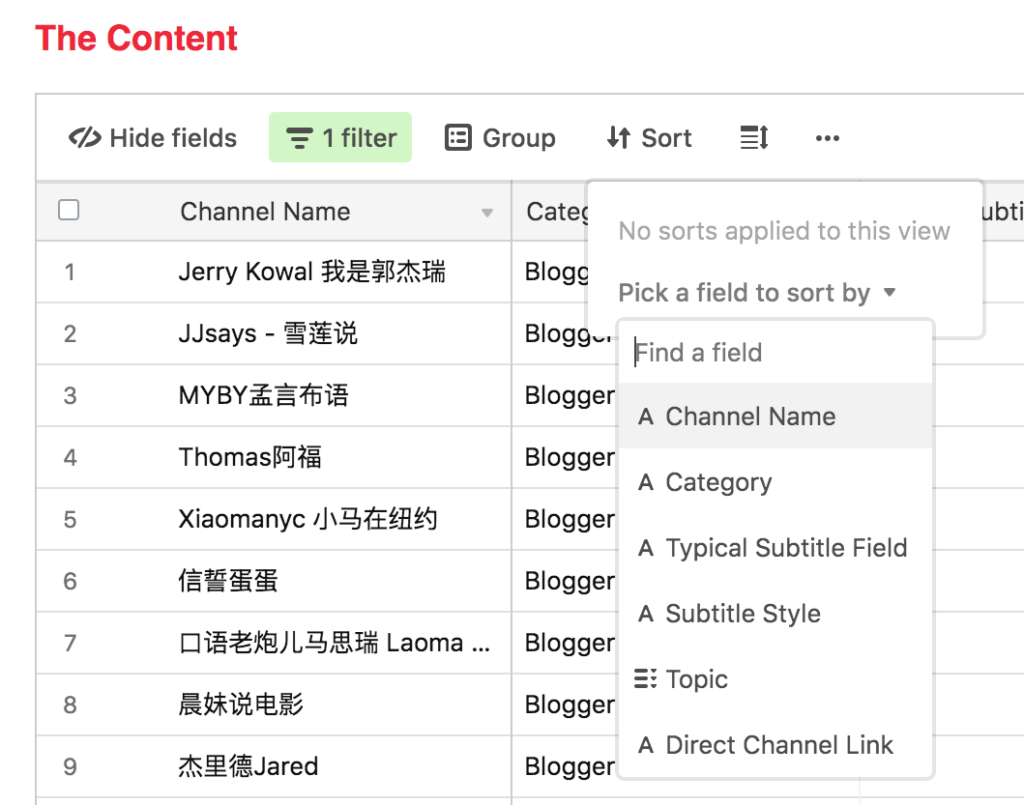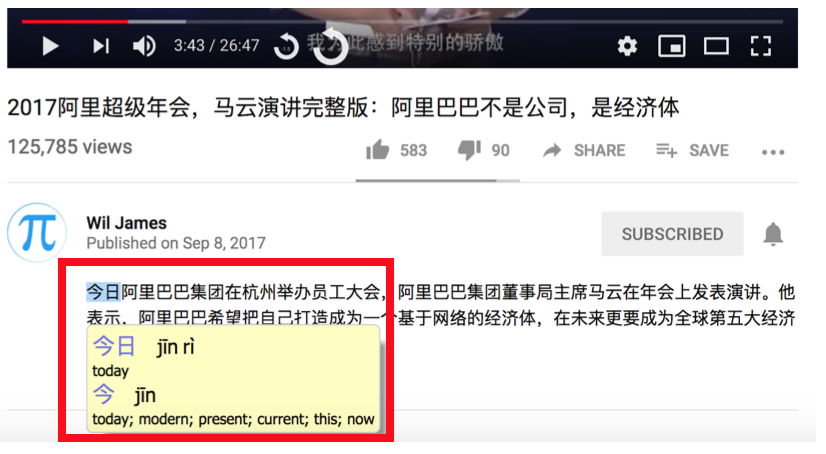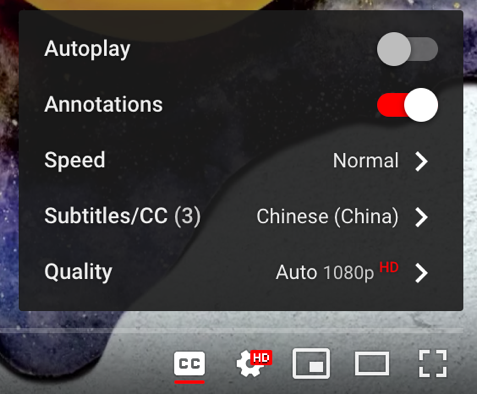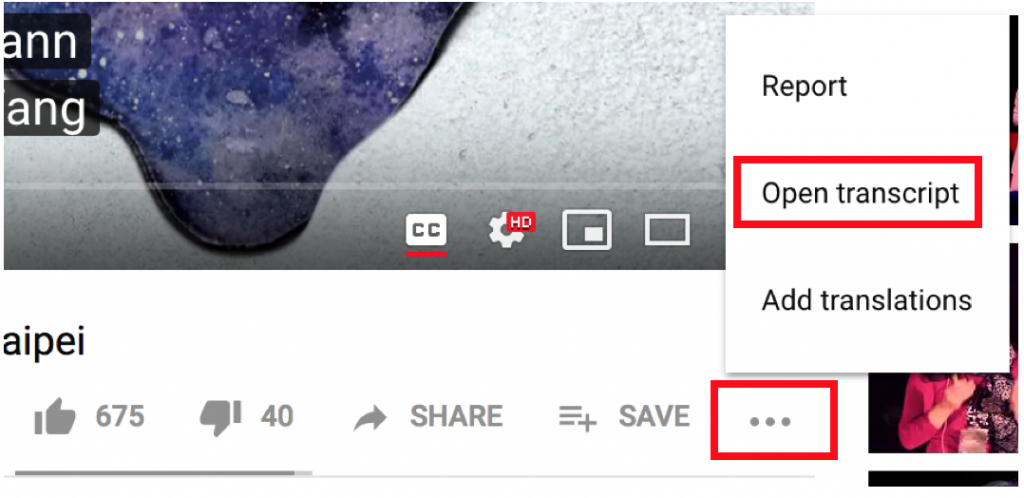If you’re like me, developing solid listening skills is one of the most challenging parts of learning Chinese. I have multiple other posts and videos dedicated to practicing your listening skills by watching videos on YouTube (posts here and here), but today I want to talk about something new.
The interesting thing about listening skills is that sometimes its okay to accept just catching the gist of what the speaker is saying, particularly if you’re watching a TV show, lecturer, etc. However, if you’ve ever experienced being in China and needing to ask a local for help, you know that it can be crucial in those situations to understand every word the other person is saying.
As always, I like to narrow down my studying to the minimum effective dose or the least amount of studying and practice required to get to a sufficient skill level. For this reason, I think that drilling your listening on high frequency content is the best solution for rapid success. So for this exercise, I decided I would start off small by working exclusively with listening to numbers in Chinese.
Numbers come up often in spoken language, particularly as the answers to questions you would likely ask. How much does this cost? How many are included? What is your phone number? Etc. So I went scouring the internet for the best ready made tools to solve this problem and here is what I came up with:
- “Nums – Learn Numbers” – iPhone App – $2.99
This app is very simple, but super cool! It says aloud a random number in Chinese (or in many other languages of your choice) and you type in the number on the keypad to check if you heard it correctly. I like practicing to shorten my hesitation time on any numbers that tend to trip me up when I hear them quickly. You can set the random numbers to ranges starting at 0 going all the way to 9,999.

- “Mouichido” – iPhone app – Free
This app is very similar to Nums, except no keypad is included. Instead, you quiz yourself like you would with a typical flashcard, answering in your head before clicking to see the answer and checking if you were correct. I much prefer Nums for random numbers because I like the act of typing in the numbers. However, Mouichido has a lot of extra capabilities not available on Nums. First of all, you can set random numbers in a range from 0 all the way to 1,000,000! Not only that, but you can also quiz yourself on times and dates, as shown in the picture. These are multi-select so you can quiz yourself on multiple categories at once. Like Nums, Mouichido also offers various languages other than Mandarin (you can even set it to Cantonese).
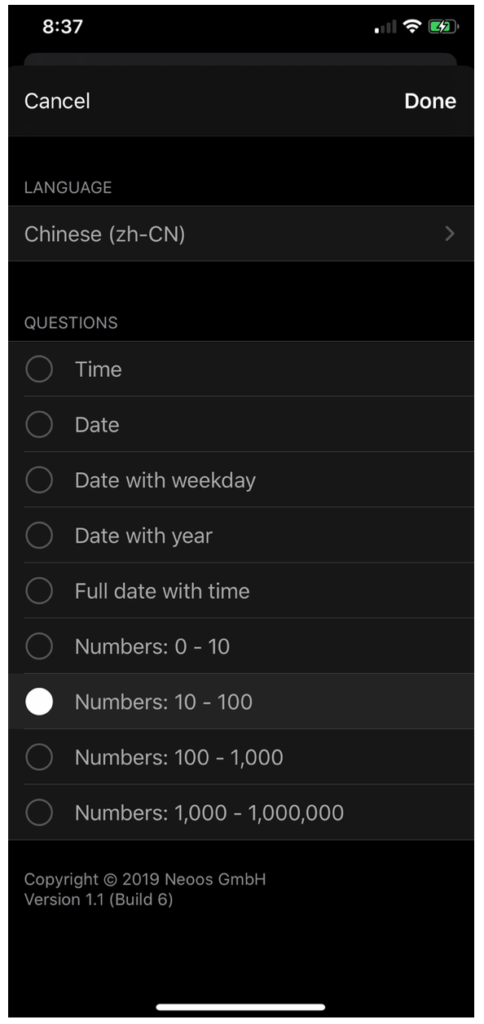
Lastly, I’d just like to note that JinbuPal has no affiliation with either of these apps and these recommendations do not benefit us in any way. I really hope you find these tools helpful for practicing your Chinese listening skills. Give them a try and let us know what you think!

